Sapa, in northern Vietnam, is famous for its stunning rice terraces. These beautifully layered fields stretch across the mountains, creating a breathtaking landscape. Visitors can explore the terraces, hike through scenic trails, and experience the unique culture of local ethnic groups. Sapa’s cool climate, lush green hills, and vibrant markets make it a perfect destination for nature lovers and adventurers alike. Whether you want to take in the views, learn about traditional farming, or meet the friendly locals, Sapa offers a peaceful yet exciting escape.
Sapa, one of the most touristic places in Vietnam
Nestled in the misty mountains of northern Vietnam, Sapa has become a magnet for travelers seeking breathtaking landscapes and cultural encounters. This charming town, surrounded by cascading rice terraces and home to vibrant ethnic minorities, offers a unique blend of natural beauty and cultural richness that’s hard to find elsewhere in Southeast Asia.
Sapa’s rise to fame as a tourist destination is no accident. Its cool climate, stunning vistas, and the opportunity to trek through lush valleys have put it firmly on the map of Vietnam travel. While accelerated tourism has brought changes to the region, it’s still possible to find pockets of authenticity and tranquility amidst the bustle.
What to see in Sapa, essential places for your visit
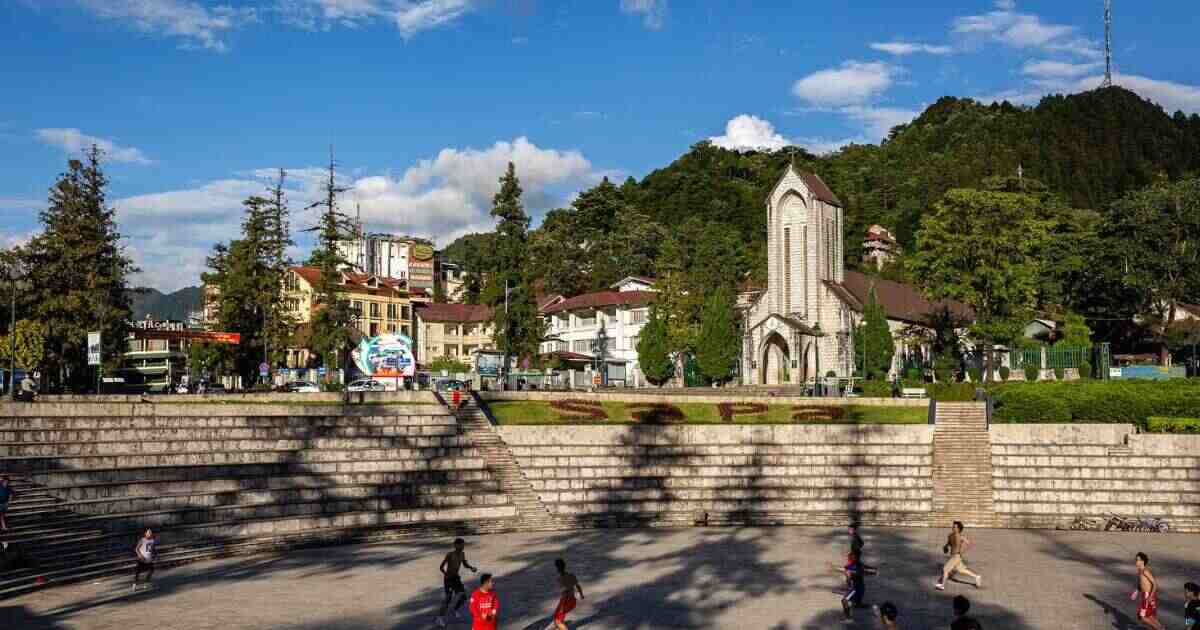
Sapa is a must-visit destination in Vietnam. Visitors love strolling through the town, seeing its waterfalls, and especially trekking through its beautiful landscapes. Here are some top activities and sights in Sapa.
Sapa village
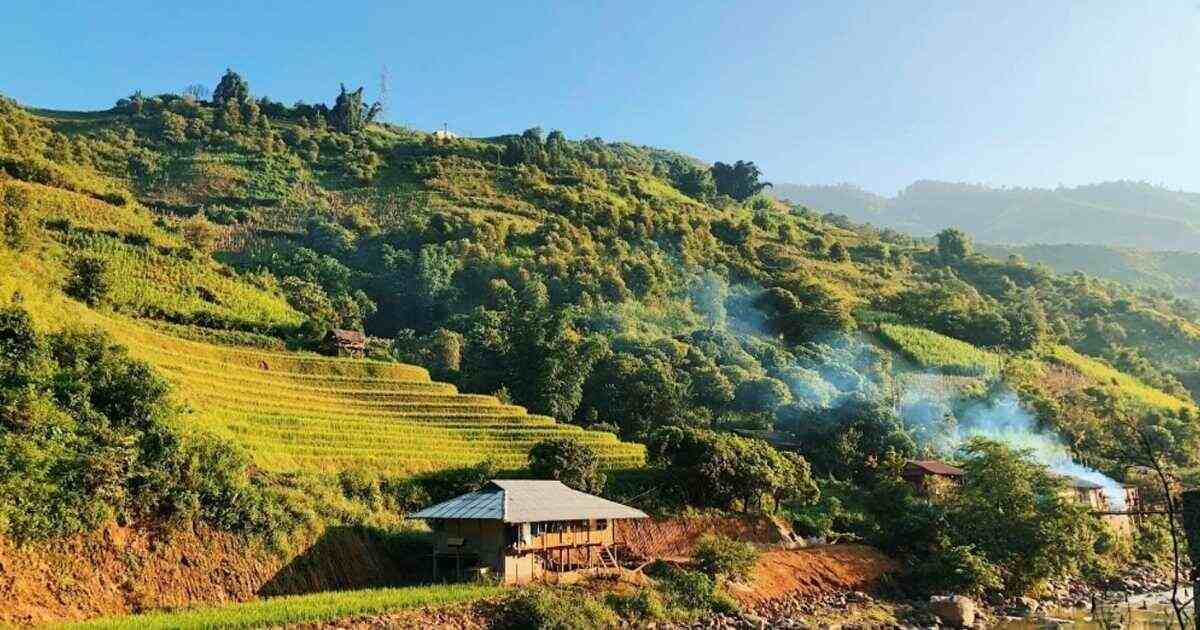
The heart of the region, Sapa village serves as the perfect base for exploring the surrounding wonders. Its colonial architecture harks back to the French era, giving the town center a unique charm. The local market buzzes with activity, offering a glimpse into daily life and a chance to sample regional specialties.
Don’t miss the opportunity to climb to one of the viewpoints around town. The panoramic views of the terraced hillsides and distant peaks are especially stunning at sunrise or sunset. These vistas showcase why Sapa is considered a jewel in Vietnam’s geography.
Ham Rong Mountain
Looming over Sapa town, Ham Rong Mountain is a must-visit for nature lovers and photography enthusiasts. The name, meaning “Dragon’s Jaw,” comes from its distinctive shape. As you ascend, you’ll encounter beautiful orchid gardens and curious rock formations.
The summit offers breathtaking views of Sapa valley and, on clear days, even Fansipan Peak. It’s a relatively easy climb, making it accessible for most visitors. Remember to bring a jacket, as the temperature can drop significantly at higher elevations.
Trekking in Sapa
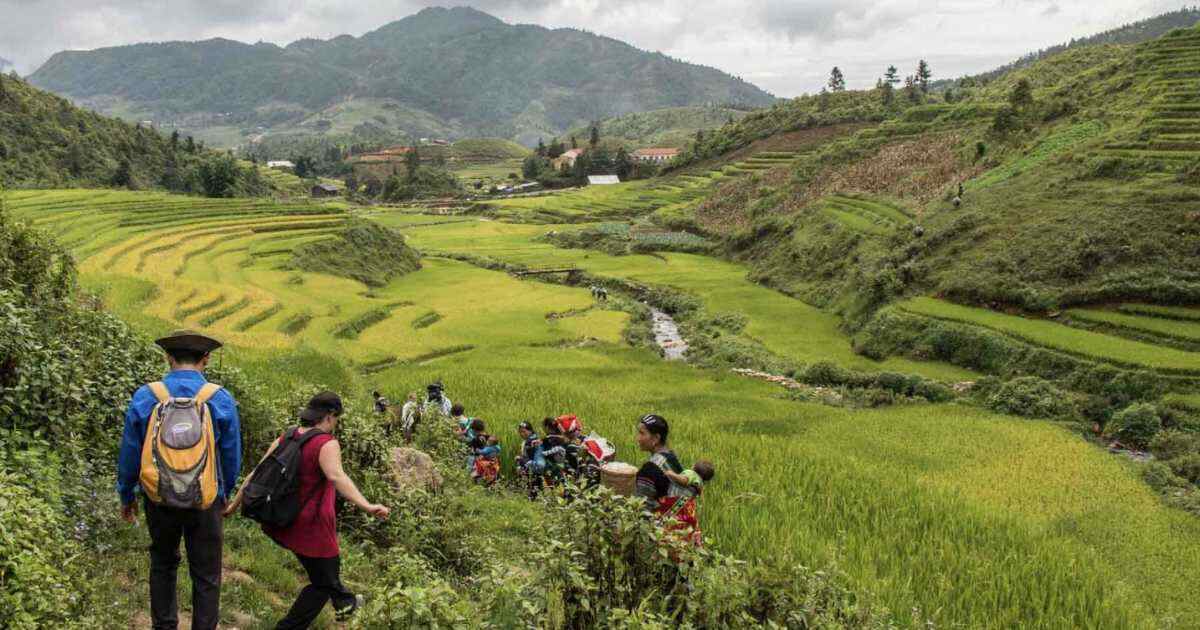
Trekking in Sapa is the quintessential experience for any visitor. The region offers a variety of trails suitable for different fitness levels, from gentle walks through rice paddies to challenging multi-day hikes. Popular routes include the trek to Cat Cat village and the more strenuous journey to Ta Phin.
| Trek | Difficulty | Duration | Highlights |
| Cat Cat | Easy | 2-3 hours | Waterfall, H’mong village |
| Ta Phin | Moderate | 6-7 hours | Red Dao culture, scenic views |
| Fansipan | Hard | 2-3 days | Highest peak in Indochina |
When preparing for your trek, pack sturdy shoes, layers of clothing, and plenty of water. Consider hiring a local guide to enhance your experience and support the community. Remember to tread lightly and respect the environment and local customs.
The villages and ethnic groups of Sapa
Sapa’s cultural landscape is as diverse as its natural one. The region is home to several ethnic minorities, including the H’mong, Red Dao, and Tay. Each group has its own distinct traditions, costumes, and crafts, contributing to the area’s rich cultural tapestry.
Visiting a traditional village offers insight into these communities’ way of life. Many villages, such as Ta Phin and Lao Chai, welcome visitors for day trips or homestays. These experiences provide a chance to participate in traditional activities like weaving or cooking local dishes.
Fansipan Peak

Known as the “Roof of Indochina,” Fansipan Peak stands at 3,143 meters, making it the highest point in Vietnam, Laos, and Cambodia. Ambitious hikers can tackle the challenging two to three-day trek to the summit, rewarded with unparalleled views of the surrounding mountains and valleys.
For those short on time or looking for a less strenuous option, a cable car now whisks visitors to a station near the peak in just 15 minutes. Whichever way you choose to ascend, reaching the top of Fansipan is a memorable achievement in any Vietnam travel itinerary.
The gate of heaven
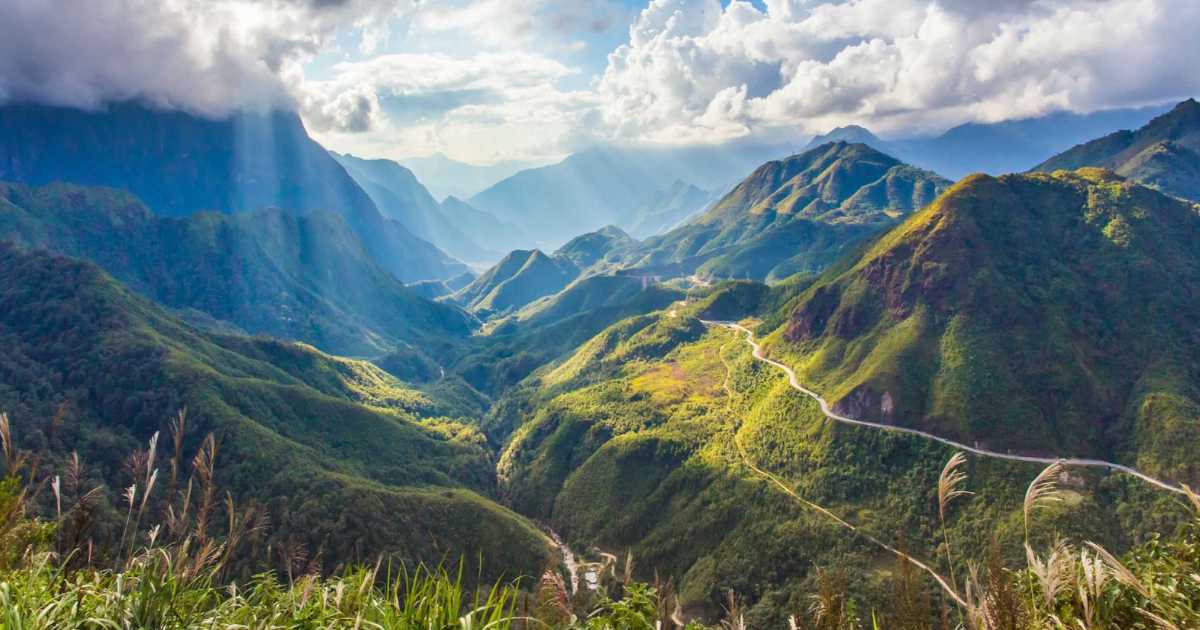
Perched high above the valleys, the “Gate of Heaven” viewpoint offers one of Sapa’s most iconic vistas. On misty mornings, lucky visitors can witness a breathtaking “sea of clouds” effect, with mountain peaks jutting out like islands in a white ocean.
Reaching this spot requires an early start and a bit of hiking, but the ethereal views make it well worth the effort. It’s a photographer’s dream, especially during the golden hours of sunrise and sunset. Remember to dress warmly and bring a thermos of hot tea to ward off the chill while you wait for the perfect shot.
The best waterfalls in Sapa
One of the must-see sights in Sapa is its waterfalls. While they may not be the biggest or most powerful, the beautiful greenery around them makes them a great addition to your visit to the town and nearby villages.
Thac Bac (Silver waterfall)
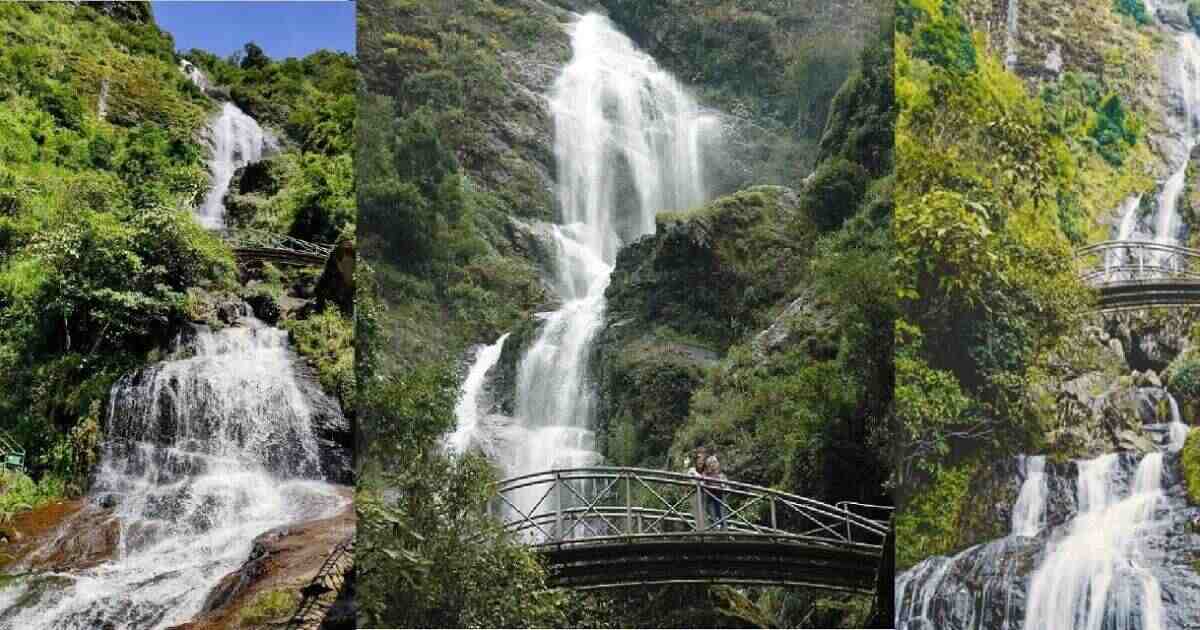
Thac Bac waterfall, also known as Silver waterfall, is one of Sapa’s most accessible natural wonders. Located just 12 kilometers from Sapa town, it’s a popular stop on many tours of the area. The waterfall derives its name from the way sunlight glints off the cascading water, creating a silvery sheen.
The best viewing spot is from a purpose-built platform near the base of the falls. Spring and summer, when snowmelt and rain swell the stream, offer the most impressive flow. Consider combining your visit with a trip to the nearby Tram Ton Pass, Vietnam’s highest mountain pass, for some truly spectacular scenery.
Also Read This Blog:
Affordable Living: Discover The Charm Of Dixie Trailer Parks
Love waterfall
Hidden away in the forest, Love waterfall offers a more secluded experience than its Silver counterpart. According to local legend, the waterfall was named after a pair of star-crossed lovers who met here in secret. Whether you believe the tale or not, there’s no denying the romantic atmosphere of this hidden gem.
Reaching Love waterfall requires a moderate hike through dense jungle, adding to its charm and sense of discovery. The trail can be slippery, especially after rain, so wear appropriate footwear. The effort is rewarded with the sight of water tumbling 100 meters down a steep rock face into a crystal-clear pool below.
How to go to Sapa
Sapa is a popular spot for visitors to Vietnam, and getting there is easy with different transportation options. You can pick what fits your budget and comfort.
From Hanoi to Sapa
The journey from Hanoi to Sapa is an adventure in itself. Most travelers opt for either the overnight train or a bus. The train, while slower, offers a more comfortable and scenic ride. You’ll arrive at Lao Cai station, from where it’s a short bus ride up to Sapa town.
| Option | Duration | Pros | Cons |
| Train | 8-9 hours | Comfortable, scenic | Longer journey |
| Bus | 5-6 hours | Direct to Sapa, cheaper | Can be cramped |
| Private car | 5-6 hours | Flexible, comfortable | Most expensive |
Whichever option you choose, book through reputable companies to avoid scams. The journey is part of the experience, offering glimpses of rural Vietnam as you make your way into the mountains.
From Sapa to Ha Giang
Many travelers combine their visit to Sapa with a trip to Ha Giang, another mountainous region known for its dramatic landscapes. The journey between the two takes about 7-8 hours by bus or private car. The road winds through spectacular mountain scenery, with several potential stops along the way.
Consider breaking up the journey with an overnight stay in a place like Bac Ha, known for its Sunday market. This allows you to experience more of the region’s diversity and helps make the long journey more manageable.
Hotels in Sapa
Sapa offers accommodation options to suit every budget and travel style. In the town center, you’ll find everything from backpacker hostels to luxury resorts. For a more immersive experience, consider staying in one of the outlying villages in a homestay or eco-lodge.
Popular areas to stay include Sapa town center for convenience, Muong Hoa Valley for scenic views, and Ta Van village for a more rural experience. Wherever you choose, book in advance during peak seasons (March-May and September-November) as Vietnam tourism in Sapa can get quite busy.
Sapa weather
Sapa’s climate is unique in Vietnam, with four distinct seasons and occasional snowfall in winter. Summers (June-August) are warm and rainy, while winters (December-February) can be cold and foggy. The best times to visit are spring (March-May) and fall (September-November), when the weather is mild and the rice terraces are at their most picturesque.
| Season | Months | Temperature | Conditions |
| Spring | Mar-May | 15-20°C | Mild, occasional rain |
| Summer | Jun-Aug | 20-25°C | Warm, frequent rain |
| Fall | Sep-Nov | 10-15°C | Cool, dry |
| Winter | Dec-Feb | 5-10°C | Cold, possible snow |
Pack layers regardless of when you visit, as temperatures can vary significantly between day and night. A good rain jacket is essential, as is sun protection for clear days at high altitudes.
Final Thoughts
Sapa offers a unique window into the natural beauty and cultural diversity of northern Vietnam. Whether you’re trekking through terraced rice fields, exploring waterfalls, or immersing yourself in local village life, Sapa promises unforgettable experiences. As you plan your Vietnam travel itinerary, consider giving yourself ample time to explore this enchanting corner of Indochina. The memories you make here, amidst the mist-shrouded mountains and vibrant local cultures, will stay with you long after you’ve returned home.

I am a content writer with three years of experience in delivering informational content. My personal blog, “crunchshub.com,” covers a variety of general topics from around the world.